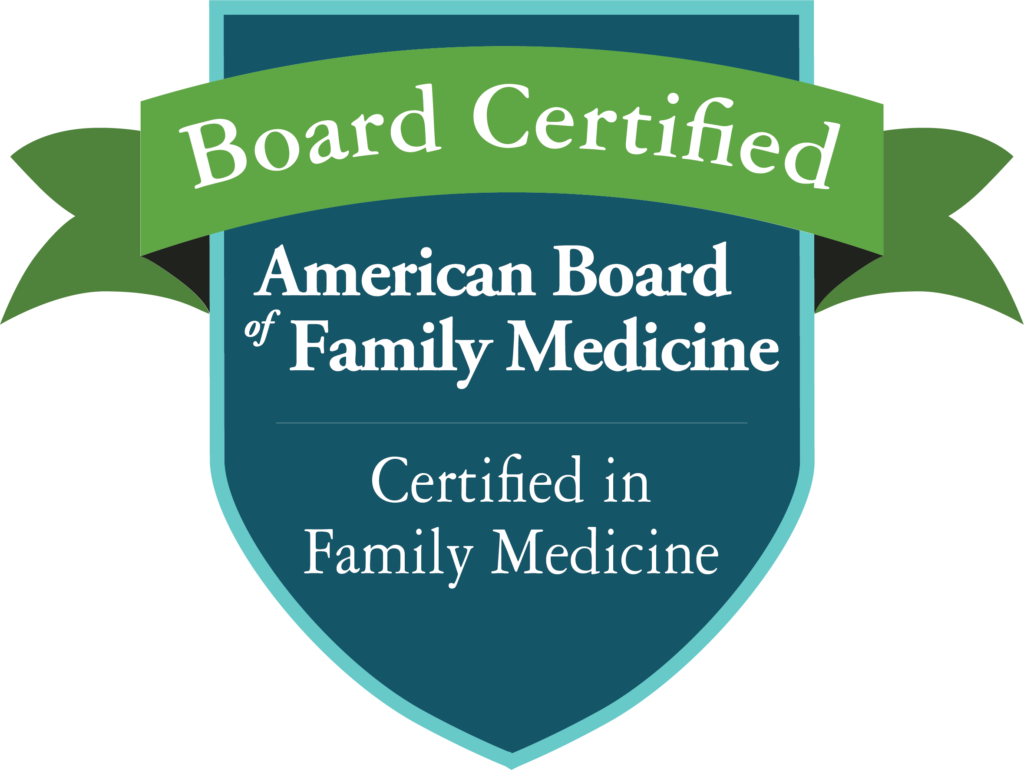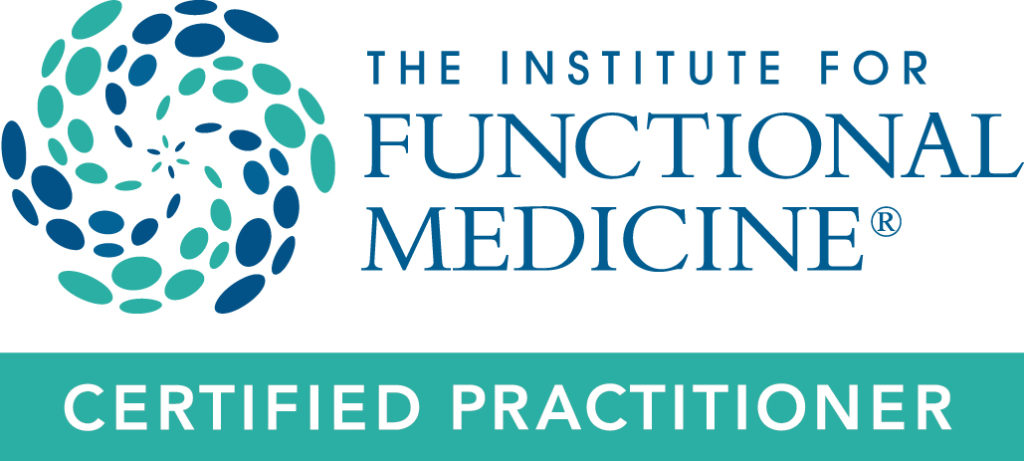By Connie Wilson, RN
Calcium is the most abundant mineral in the body. The average adult has between two and three pounds of calcium in their body, and 99% of that calcium is bound in bones and teeth. The remaining 1% of the total body calcium is in the soft tissues and fluids of the body where it helps to regulate critical biochemical processes of the body, such as heart rate and rhythm. Most of that 1% of calcium is extracellular or outside of the cell, not intracellular or inside the cell.
When calcium moves to the inside of a cell, that cell will dysfunction or often die. The medical term for this cellular death is calciphylaxis. Thus calcium influx into a cell plays a role in many illnesses, including hardening of the arteries, senility, osteoporosis, blood clotting abnormalities, heart arrhythmias, seizures, elevated blood pressure, muscle cramping, etc. The influx of calcium into cells that is associated with many degenerative diseases of aging has resulted in the development of a class of drugs called calcium channel blockers. The holistic medical approach to calcium influx recognizes magnesium as the preferred calcium channel blocker. Magnesium is usually well tolerated (excessive magnesium can cause loose stools), and is inexpensive, as it cannot be patented.
You can think of bones as similar to a bank savings account for calcium. We will make calcium withdrawals from that bony bank account to normalize blood calcium levels if needed. Calcium is a very alkaline mineral, and metabolic and medical conditions associated with acidosis (almost all chronic illnesses) will require a withdrawal of calcium from the bone to correct acidosis. Drinking dark cola beverages with their high phosphoric acid content is an example of a dietary habit that pulls calcium out of bones. The body will deplete its bony bank account to maintain homeostasis . . . a wise choice, as excessive acidosis that is uncorrected can cause death. You can see it is difficult to talk about calcium without talking about osteoporosis.
The absorption of calcium depends on adequate hydrochloric acid production, as calcium, like all minerals, goes into solution in the presence of an acid. Like all body secretions, hydrochloric acid production decreases with aging, which in turn decreases the uptake of dietary calcium and all minerals. A post-menopausal woman only absorbs about 7% of dietary calcium. Thus calcium-based antacids, which are in an alkaline base to counter excessive acid, despite advertising claims, do not provide a bio-available source of calcium and do not address calcium dietary supplementation needs. Simply supplementing calcium is not an effective way to address complex situations such as osteoporosis. Nature gives us calcium in the context of whole foods that contain other vitamins and trace minerals (including boron, phosphorous, selenium, Vitamin D, magnesium, etc.), which work synergistically to promote balance and homeostasis. While some nutritional supplements have trace minerals incorporated into their formulas, they will likely never be an equal to the designs nature has provided in whole foods. Yet, they may be worthwhile for a person unwilling or unable to improve their diet. Note the all the “greens and beans” on the list. Eat your vegetables, exercise consistently in moderation, and use natural hormone replacement therapies if you want to maintain or improve bone density.
Some lifestyle factors decrease the absorption of calcium, including:
* Lack of exercise or immobility
* Lack of sun exposure
* Alcohol consumption
* Coffee consumption
* Sugar consumption
* Chronic intake of antacids that contain aluminum
* High intake of foods that contain phytates and oxalates (spinach, rhubarb, chard, beet greens, soy, and whole wheat) known to bind to calcium and thus reduce uptake of minerals
Many people are intolerant of dairy products or otherwise choose not to eat them for a variety of reasons including allergy, lactose intolerance, presence of bovine growth hormone, etc., and need to depend on other calcium sources. Dairy products have been heavily advertised as an excellent source of calcium and they in fact are rich in calcium, though much of it is fortified. Advertising is seldom a good source of unbiased scientifically based information. Only about 32% of calcium in diary products is assimilated, compared to about 40-65% assimilation of the calcium from vegetable sources. The National Dairy Council funded a study which ended up yielding results suggesting that the more milk women drank, the more bone loss they experienced. [Am J Clin Nutrition 1985; 41:254]
Dietary calcium intake is not a predictor of bone density, so over concern about calcium intake is not particularly useful. Height, weight, vegetable intake, and regular exercise are predictors of bone density. The Harvard Nurses’ Health Study of 77,761 women, aged 34 to 59 followed for 12 years, found that those who drank three or more glasses of milk per day had no reduction in the risk of hip or arm fractures compared to those who drank little or no milk, even after adjustment for weight, menopausal status, smoking, and alcohol use. In fact, the fracture rates were slightly, but significantly, higher for those who consumed this much milk, compared to those who drank little or no milk. [Am J Publ Health 1997;87:992-7.]
Supplementation of calcium is often recommended because:
* many people have difficulty in eating high quality diets consistently,
* there is a rising prevalence of bone thinning (osteoporosis) in an increasingly aging population,
* calcium supplementation is relatively inexpensive, and
* there is a mistaken notion that supplemented calcium somehow ends up strengthening bones (it doesn’t).
The average recommended daily intake of calcium for U.S. adults, male or female, after age 50 is approximately 1200 mg per day. That need can be increased by the existence of pre-existing risk factors for calcium depletion. It is interesting that many cultures that eat vegetable-based native diets get much less calcium than that, yet they have significantly less osteoporosis, as their lifestyles do not have as many calcium-depleting risk factors such as smoking, excess sodium intake, excess alcohol intake, high soda intake, and sedentary lifestyles.
Excess intake of calcium may cause high blood pressure, kidney stones, heartburn, aches and pains, heart arrhythmias, and may contribute to heart failure and constipation.
To help assure adequate dietary calcium intake, we recommend eating three servings per day from the following non-dairy calcium rich foods, combined with moderate exercise (walking is excellent) and avoidance of sodas, excess alcohol, and tobacco use.
* Sardines (3 ounces) 371 mg
* Collards (1 cup boiled) 358 mg
* Blackstrap molasses (2 Tbsp) 342 mg
* Turnip greens (1 cup boiled) 249 mg
* Canned salmon (3 ounces) 181 mg
* Okra (1 cup cooked) 176 mg
* Sesame seeds (2 Tbsp) 160 mg
* Bok choy (1 cup cooked) 158 mg
* Mustard greens (1 cup boiled) 150 mg
* Figs (5 dried) 135 mg
* Navy beans (1 cup boiled) 128 mg
* Tahini (2 Tbsp) 128 mg
* Great northern beans (1 cup boiled) 121 mg
* Black beans (1 cup boiled) 103 mg
* Broccoli (1 cup boiled) 94 mg
* Kale (1 cup boiled) 94 mg
* Almond butter (2 Tbsp) 86 mg
* Butternut squash (1 cup boiled) 84 mg
* Pinto beans (1 cup boiled) 82 mg
* Chick peas (1 cup boiled) 80 mg














